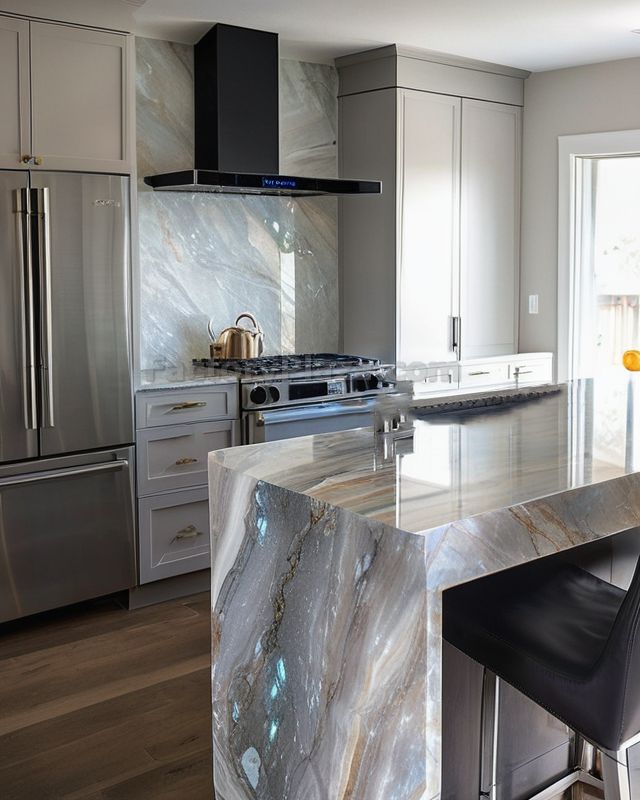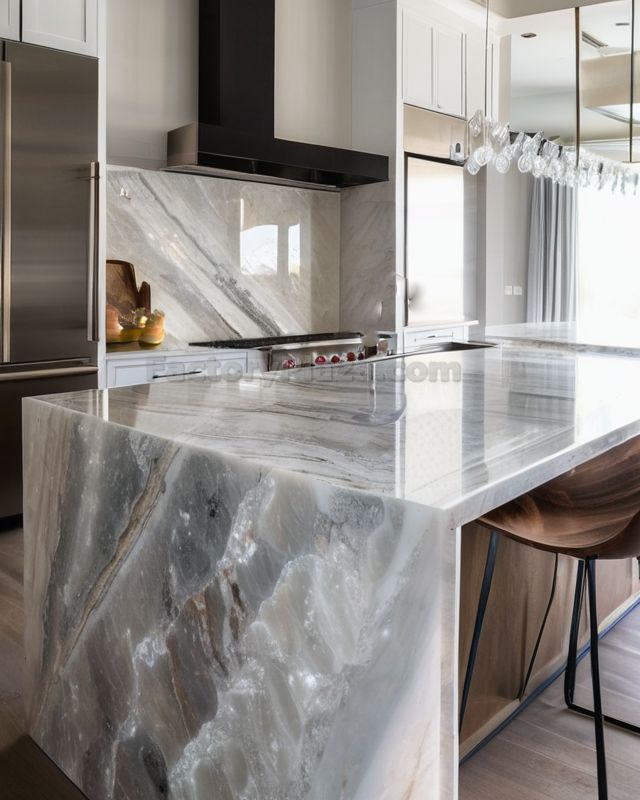
First, the raw granite is mined from the granite rocks in the earth.
Granite blocks are obtained from special sites that are known as quarries. Today, most of granite used for countertops in United States come from Brazil, India, Italy, Norway and other countries. In order to get the granite into transportable blocks, small holes are drilled in the shape of the desired block size. Carefully planned explosives placed into these holes create just enough blast to separate the block of granite from the bedrock without breaking the block itself.
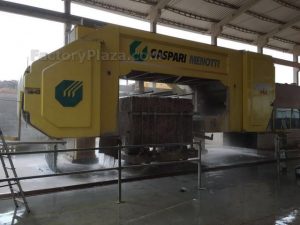
The large blocks of stone are taken to a manufacturing factory and they are cut into more usable slabs. The blades or wires used to cut granite all have synthetic diamond crystals, because diamond is the only material harder than granite. Most of the slabs need to be covered with resin after the slabs have been cut. This resin coating fills any minor fissures or imperfections and seals the stone to make it ready for polishing or other finish options:
– Polished finish is achieved through polishing and buffing process during which the stone is sanded and polished with fine abrasives until it develops a natural shine of its own.
– Honed finish is achieved by sanding and polishing the stone until matte appears on the surface.
– Leather finish is created by diamond brush, applied to a honed surface resulting in a velvety appearance that is reminiscent of leather. Depending on the mineral content of the stone the surface texture vary.
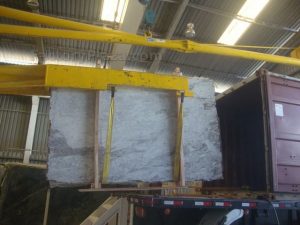
Shipping Slabs
After the slabs are polished, granite is packaged tightly into wooden crates and loaded into shipping containers for the journey to slab distributors or directly to fabricators like Factory Plaza. When the slabs reach our warehouse, we inspect each one to make sure it is free from imperfections.
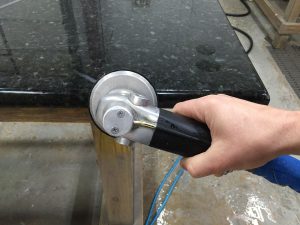
Fabrication
We send one of our countertop specialist to take measurements of your countertops. The technician will record the square footage of your countertops and confirm your final selections of edge profile, corner radius, sink type, backsplashes, overhangs, and any other custom details.
After you pick your perfect slab, you can select the layout of the slab for cutting it into your countertops and fabrication of edges, sink cut-outs, etc.

